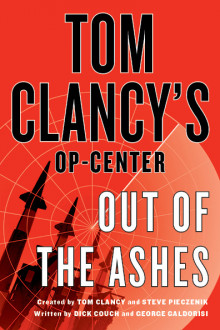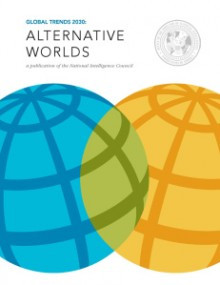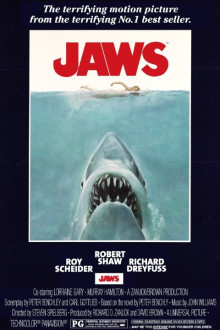Tom Clancy’s Op-Center
Posted in Blog,Book NewsJanuary 9, 2015No comments

The enormous success of Tom Clancy’s mainline books spurred several series that became part of the Clancy “brand,” among them, Tom Clancy’s Net Force and Tom Clancy’s Op-Center. The Op-Center series included twelve books, all written between 1995 and 2005. For a number of reasons, the series stopped in the mid-2000s.
A decade later we have revived the series. We are dedicated to following the fine Clancy tradition of making these books prescient. Yes, a good plot, compelling characters and all the things a reader must demand from a novel are there. But so is a view of a future. What threats will dominate U.S. security thinking in the future. What will the intelligence communities need to do to uncover threats to American security and prosperity? How will the military and other agencies organize to take on these threats – both internationally and within our borders?
Our first new Op-Center book, Out of the Ashes, has now been out for almost eight months. The first major review of the book, from Publisher’s Weekly, was also prescient. Issued two months before Out of the Ashes release date, suggested the book would do well – and it did – rising quickly on the Publisher’s Weekly and USA Today best-seller lists. Here is the PW review.
Fans of the original Op-Center series created by Tom Clancy and Steve Pieczenik that ended with Jeff Rovin’s War of Eagles (2005) will welcome this solid continuation from Couch (SEAL Team One) and Galdorisi (Coronado Conspiracy). The original Op-Center, “an information clearinghouse with SWAT capabilities,” fell under the budget ax and was disbanded, but after a horrific series of bombings at four NFL stadiums, U.S. president Wyatt Midkiff decides to dust off the Op-Center file and bring the group back to life. Chase Williams, a retired four-star Navy admiral, agrees to head the new center and hunt down the terrorists responsible for the devastating attack. The trail takes the men and women of the revitalized agency into the Middle East, where they find a new plot aimed at the American homeland. This thriller procedural packs plenty of pulse-raising action. The open ending promises more to come.









